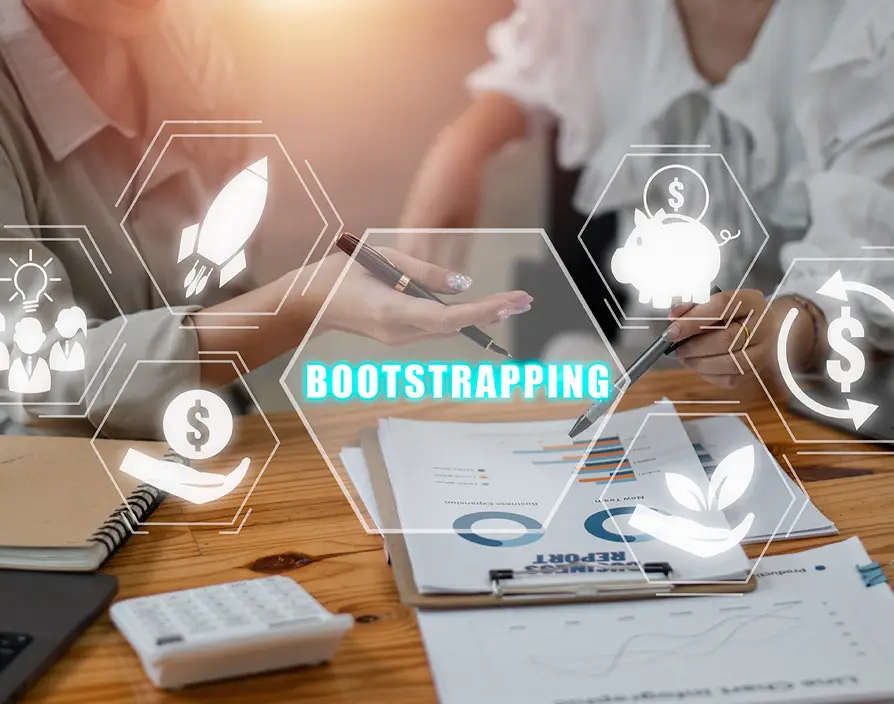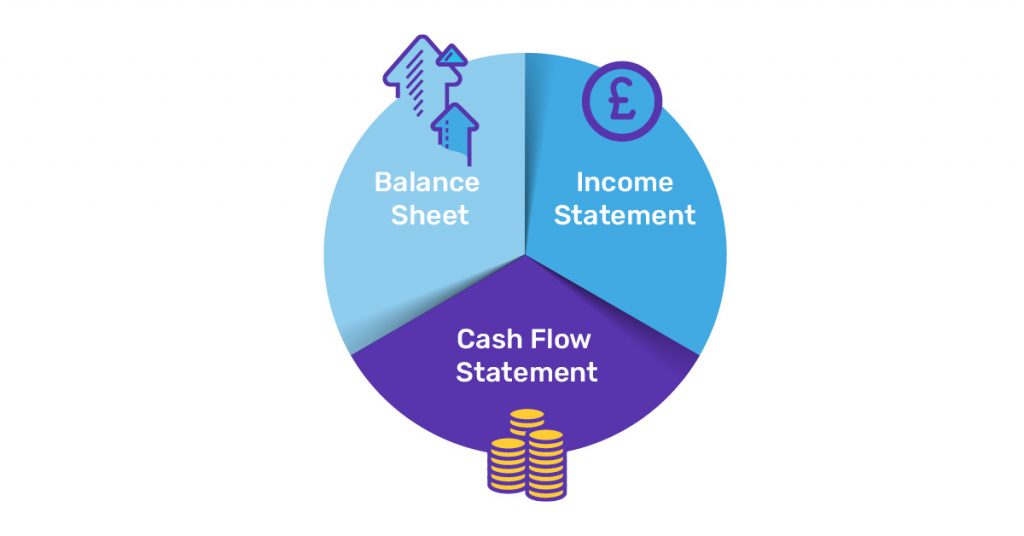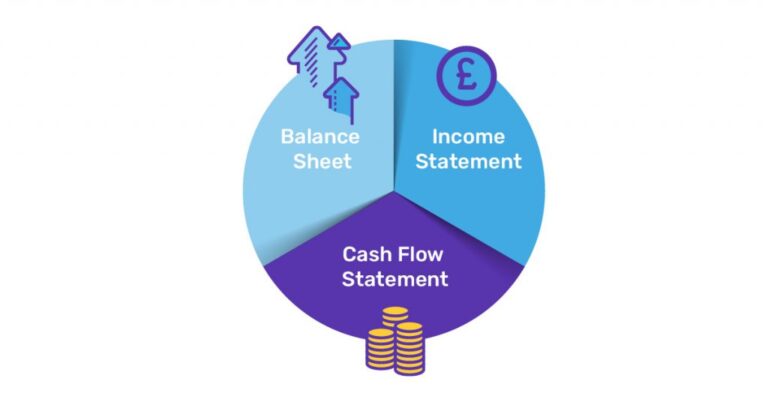Embarking on the journey from a startup idea to a successful Initial Public Offering (IPO) is a formidable challenge that demands innovative thinking, meticulous planning, and adept execution. Every stage in this journey—from the early days of bootstrapping, where founders rely on personal resources and ingenuity, to the pivotal moment of going public—requires navigating a multifaceted landscape of financial management, growth strategies, and market dynamics. The path is fraught with obstacles and opportunities, making it essential for startups to manage each phase of their development strategically.
This comprehensive guide will explore each critical stage of the startup financial journey, providing valuable insights and strategies to help you navigate the complexities and achieve sustainable success. From securing initial funding and scaling operations to planning for an IPO or strategic exit, understanding these stages will equip you with the knowledge needed to steer your startup towards long-term growth and prosperity.
Phase 1: Bootstrap - Navigating Early Autonomy and Self-Funding
Embracing the Bootstrap Phase

The bootstrap phase is often the most intense and demanding period for any startup. Here, entrepreneurs rely heavily on their resources, creativity, and determination to bring their vision to life. With limited funding and no external support, this stage is characterised by a high degree of autonomy and a relentless focus on resourcefulness.
Critical Strategies for Success:
- Lean Operations: Maximizing efficiency while minimising costs is critical. Focus on core activities that directly contribute to product development and customer acquisition.
- Personal Investment: Many entrepreneurs use their savings to fund initial operations. This personal stake provides the necessary capital and demonstrates commitment and belief in the startup’s potential.
- Prototype Development: This phase is crucial for creating a working prototype. Early feedback from users can be instrumental in refining the product and ensuring it meets market needs.
- Leverage Informal Investors: Seeking support from friends and family can provide an initial boost without diluting ownership. These investors can also offer valuable advice and support.
- Early Customer Acquisition: Attracting early customers helps validate the product and builds a foundation for future growth. These customers can also become brand advocates, amplifying your reach.
Phase 2: Seed Capital - Securing Initial External Financing
The Seed Capital Stage

Securing seed capital marks the transition from self-funding to seeking external investment. At this stage, startups must demonstrate their idea’s commercial viability and ability to capture a significant market segment. The focus shifts from survival to growth, with external investors playing a crucial role.
Strategies for Attracting Seed Capital:
- Pitch to Business Angels: These investors offer funding, valuable industry experience, and connections. Craft a compelling pitch highlighting your startup’s potential and your team’s capabilities.
- Engage with Incubators and Accelerators: These programs provide mentorship, training, and sometimes funding. They are designed to accelerate business development and increase the chances of success.
- Utilise Crowdfunding: Platforms like Kickstarter and Indiegogo can help raise funds from a broad audience. Crowdfunding provides capital, validates the product, and builds a community of supporters.
- Build a Solid Business Plan: A clear, detailed business plan is essential for convincing investors of your startup’s potential. It should outline market opportunities, revenue models, and growth strategies.
Phase 3: Series A: Scaling and Growing
Entering the Series A Phase

Series A funding is a pivotal moment for startups. The company has a viable product and a proven business model by this stage. The focus now shifts to scaling operations, expanding market reach, and solidifying the company’s position in the industry.
Strategies for Series A Success:
- Secure Venture Capital: Venture capital firms provide substantial funding to scale operations. They look for startups with strong growth potential and a clear path to profitability.
- Expand Market Reach: Use Series A funding to broaden your market presence. Invest in marketing, sales, and customer acquisition to drive growth.
- Hire Key Talent: Attract and retain top talent to drive innovation and manage growth. Building a solid team is essential for scaling effectively.
- Implement Formal Structures: Establish a board of directors, formalise business processes, and enhance governance. These changes help prepare the company for future growth and funding rounds.
Phase 4: Series B, C, D, and Beyond Perfecting and Expanding
The Growth Acceleration Phase

Following Series A, the focus shifts to consolidating gains and driving significant growth. Each subsequent funding round—Series B, C, D, and beyond—enhances different aspects of the business, from market consolidation to international expansion.
Critical Objectives in Later Rounds:
- Series B: Focus on consolidating market position and expanding into new territories. Invest in scaling operations and improving product offerings.
- Series C: Aim for aggressive growth. Use funding for global expansion, strategic acquisitions, and new product development.
- Series D and Beyond: Diversify and dominate the market. Explore mergers, acquisitions, and new sectors to drive continued growth and innovation.
- Investor Relations: Engage with various investors, including venture capital funds, private equity, and strategic investors. Each group brings different resources and expertise to the table.
Phase 5: IPO or Direct Sale: The Ultimate Milestone
Reaching the Pinnacle

The culmination of a startup’s financial journey often leads to an IPO or a direct sale. Both options represent major milestones, reflecting years of hard work and strategic growth.
IPO - Going Public:
- Raise Significant Capital: An IPO provides access to a large pool of capital, supporting future growth and expansion.
- Compliance and Transparency: Navigate the complex regulatory requirements of going public, including detailed financial disclosures and investor relations.
- Market Positioning: Craft a compelling narrative for investors, highlighting your company’s achievements, growth potential, and market opportunities.
Direct Sale - Strategic Acquisition:
- Strategic Fit: A sale to a larger company can provide both parties with a lucrative exit and strategic advantage.
- Realise Investment: An acquisition can offer a substantial return on investment while avoiding the complexities of an IPO.
- Integration and Transition: Manage the integration process smoothly to ensure continued success post-acquisition.
Conclusion
Navigating the financial journey from bootstrapping to IPO is complex and demanding, marked by numerous challenges and critical decisions. Each stage—self-funding, seeking angel investment, or preparing for a public offering—requires meticulous planning, strategic foresight, and agile execution. Success hinges on a deep understanding of the funding landscape, growth strategies, and market dynamics, which can significantly impact your startup’s trajectory.
As you progress from initial ideation to scaling and eventually preparing for an IPO, leveraging the right resources, guidance, and strategies becomes crucial. Embracing these elements will help you overcome the inherent challenges and capitalise on opportunities for growth and innovation. By clearly focusing on your goals and adapting to changing circumstances, you can navigate the path from a nascent startup to a successful public company, ensuring long-term success and resilience in a competitive market.












